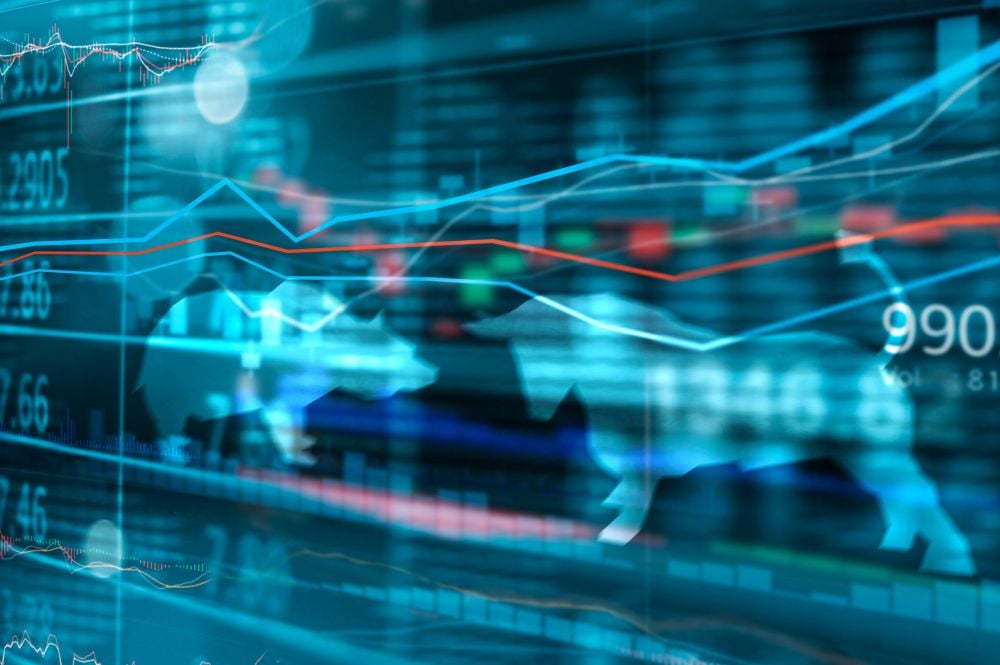 |
|
So after one of the most eagerly anticipated FOMC meetings ever, at last we know…that we still don’t know when the US Federal Reserve (Fed) will raise rates.
It looks like some traders have been waiting in vain for exciting news from the Fed, which has decided yet again to keep the Fed funds rate unchanged. However, this doesn’t seem to have come as much of a surprise to financial markets.
It appears recent concerns about potential global contagion of the Chinese economic slowdown, and resulting market volatility, had already dampened expectations of a US rate hike in September.
Broader factors influencing the Fed
Indeed, the Fed cited these downside risks to global growth and tighter financial conditions – specifically “the drop in equity prices, the further appreciation of the dollar, and a widening in risk spreads” as two of three key factors driving the decision to hold-off a rate rise. The third factor playing a key role in the decision was the downward pressure on inflation exerted by lower oil prices, a stronger US dollar and lower import prices (exacerbated by the Chinese and other emerging markets slowdown).
In this environment, the Fed would like to allow the labour market to improve further (while acknowledging that the pace of job creation and decline in the unemployment rate has been impressive so far) so as to push inflation closer towards their 2% target (which they still believe will be reached by 2018).
However, despite the committee’s shift to a slightly more dovish stance as a whole, Fed Chair Janet Yellen was keen to stress that their overall economic outlook has not materially changed. Despite some of the risks linked to China and other emerging markets, they continue to observe positive domestic US growth, highlighted by consumer and investment spending.
The majority of Fed members still believe that the first hike will happen in 2015 (only a few in 2016) and Yellen reinforced the preference for slow and steady monetary tightening. Certainly, US policy-makers will be very keen to avoid delivering any shock that could potentially destabilise economic recovery.
The problem now is the only certainty market participants can take is that uncertainty continues. Perhaps there’s a sense that investors have entered a state of almost melancholic boredom with the whole will they/won’t they and when game – what elements of the media are coining ‘Fed fatigue’. However, we will go through all this again, and possibly several more times before the Fed eventually pulls the trigger. So no wonder some commentators have started questioning whether the risk is becoming hiking too late, rather than hiking too early.
The Fed appears to be sending mixed messages. On the one hand, Yellen went as far as to say the recovery has “advanced sufficiently far… that an argument can be made for a rise in interest rates at this time”, on the other, the Fed has now signalled that they are looking at factors beyond domestic growth and that global economic conditions – and global financial market volatility – can influence their decision.
With this broadening of the conditions on which a rate rise depends comes greater complexity in terms of the factors anyone attempting to predict the Fed’s next move must analyse. And is there any reason to believe there will be a material change to these conditions by the end of the year? What about 2016? Can we predict with any level of certainty when emerging market risks will abate? When markets will stabilise? When inflation will return?
A fertile investment landscape
For us, all this just reinforces the view we have expressed many times, which is that wasting too much energy on trying to untangle any useful (from a long-term asset allocation perspective) signals from the minutiae of the words and actions of policymakers is not only futile, but possibly dangerous. Dangerous in that overestimating the strength of a relationship between policy action and genuine economic conditions could cause us to become distracted from the fundamental factors that really matter.
In our view, those factors still broadly point to an environment in which strengthening Western recovery looks unlikely to be destabilised by (genuine) risks in parts of emerging markets – particularly in a world where declining commodity prices are helping to put money into the pocket of the consumer.
In this environment, as always, we want to avoid being distracted by – or contributing to – ‘noise’. However, we certainly think it is worth being alive to the noise of others and keeping a close eye on fundamentals in relation to unwarranted volatility in asset prices. That sort of volatility often presents fertile investment environments so this will be our approach up to, during, and beyond, the next Fed meeting.
Caitlin Hughes is an investment writer for the Multi-Asset Team, M&G Investments









